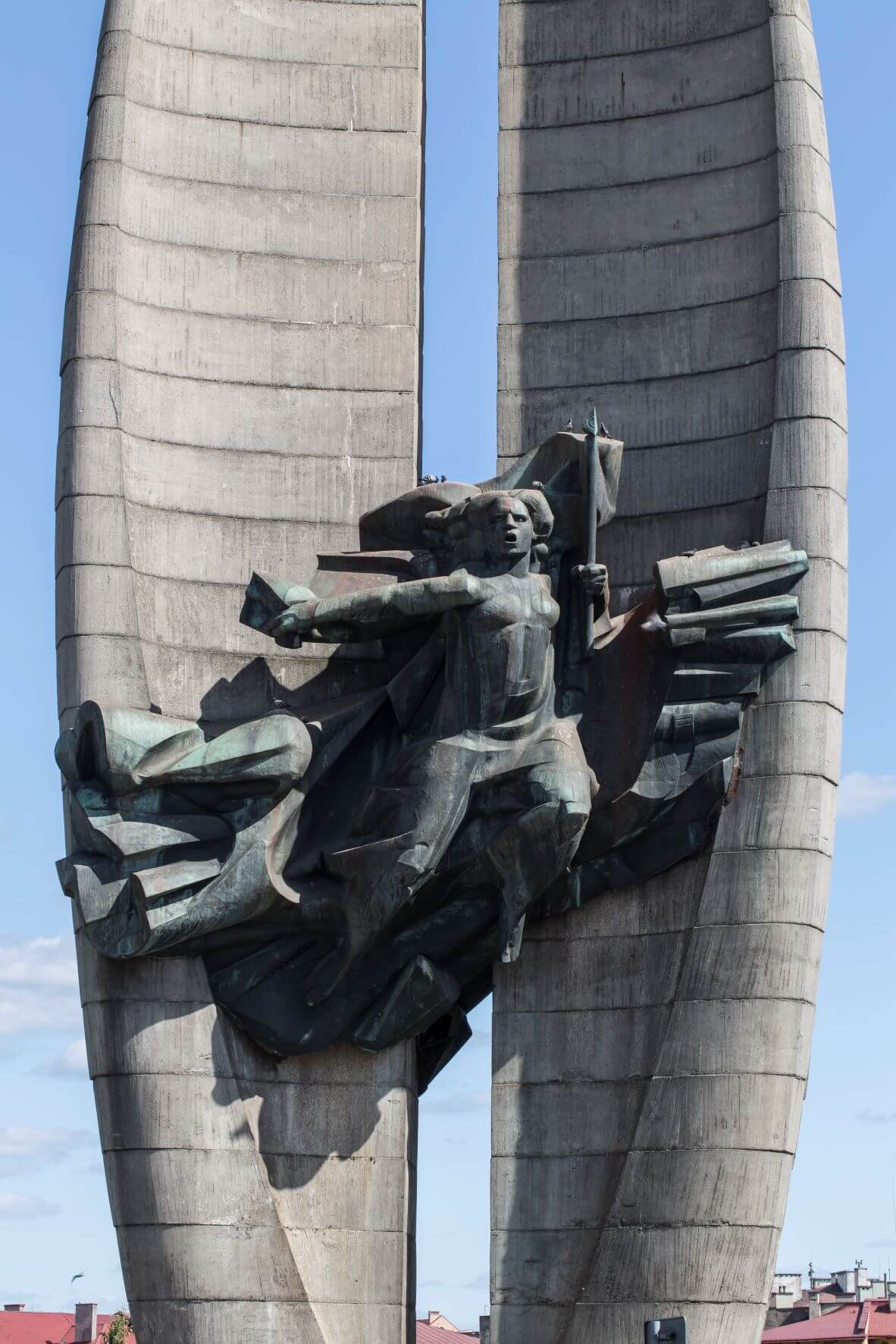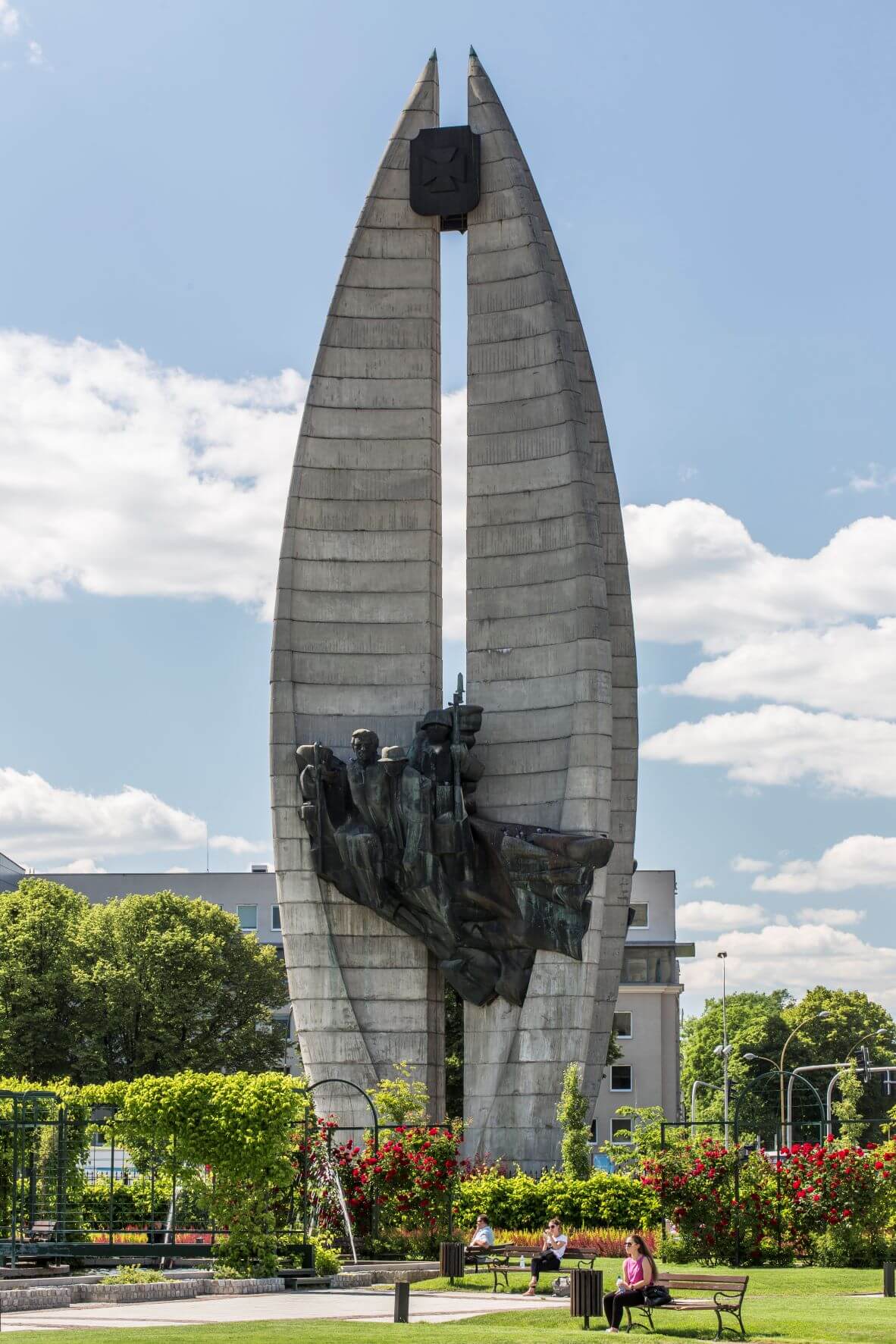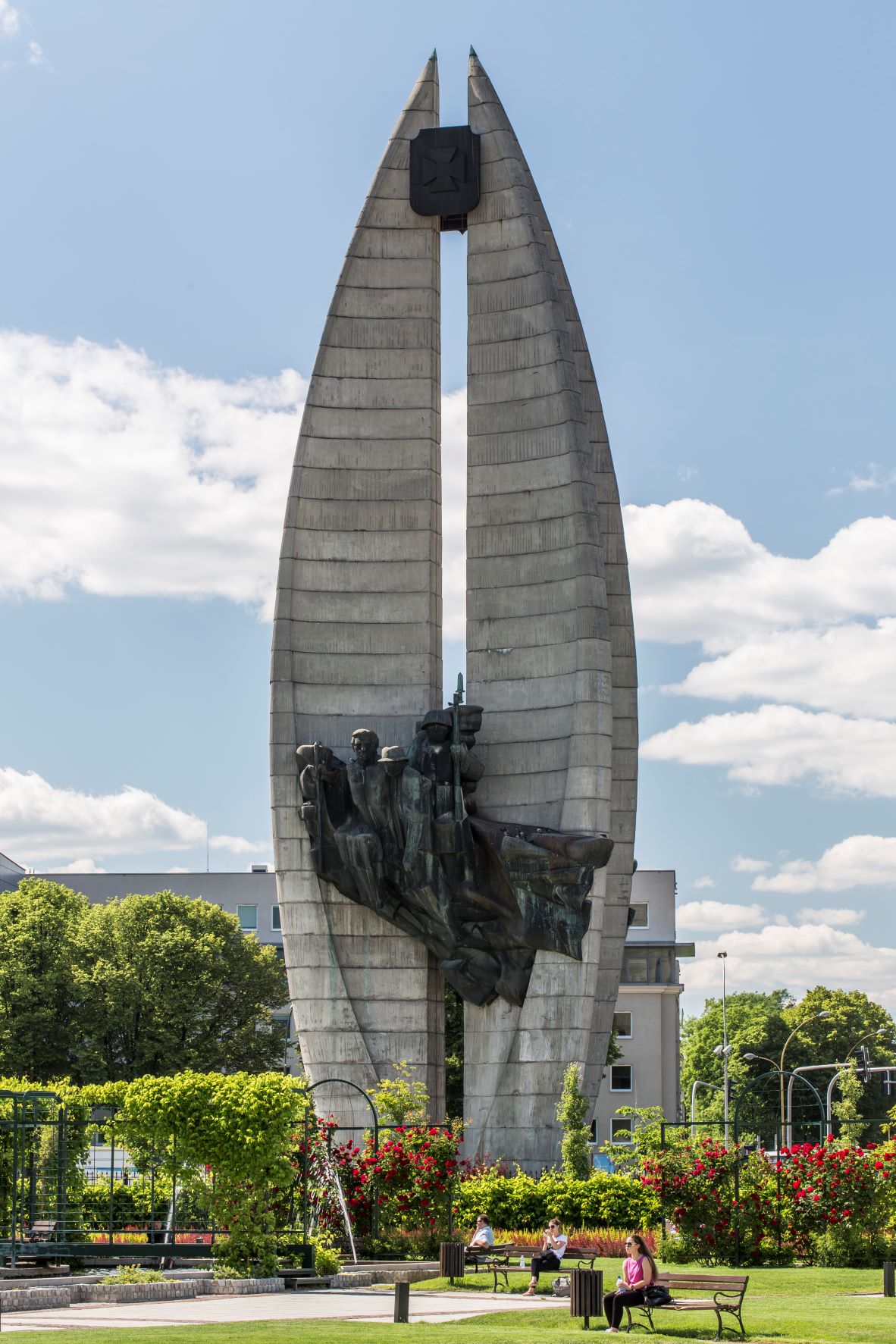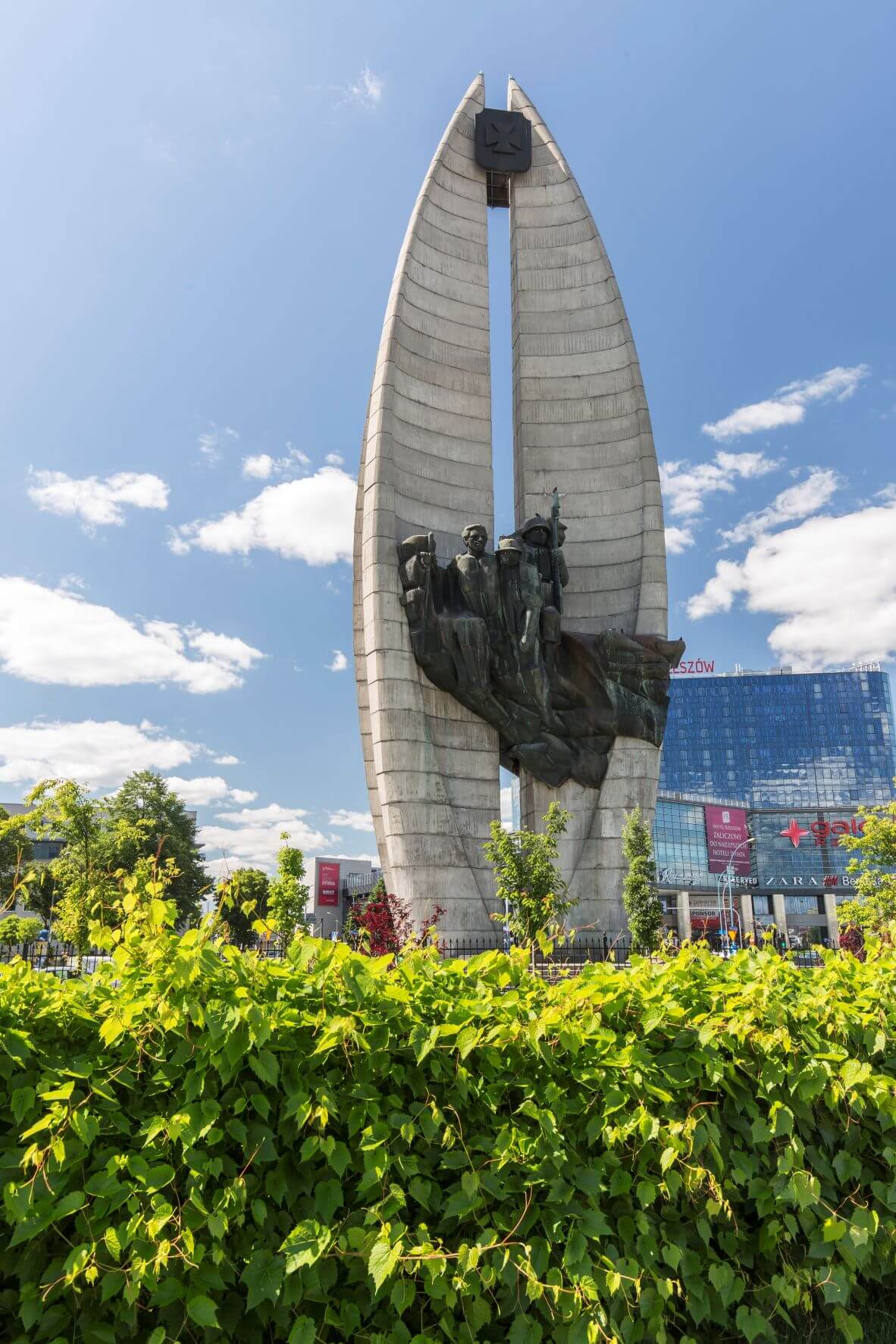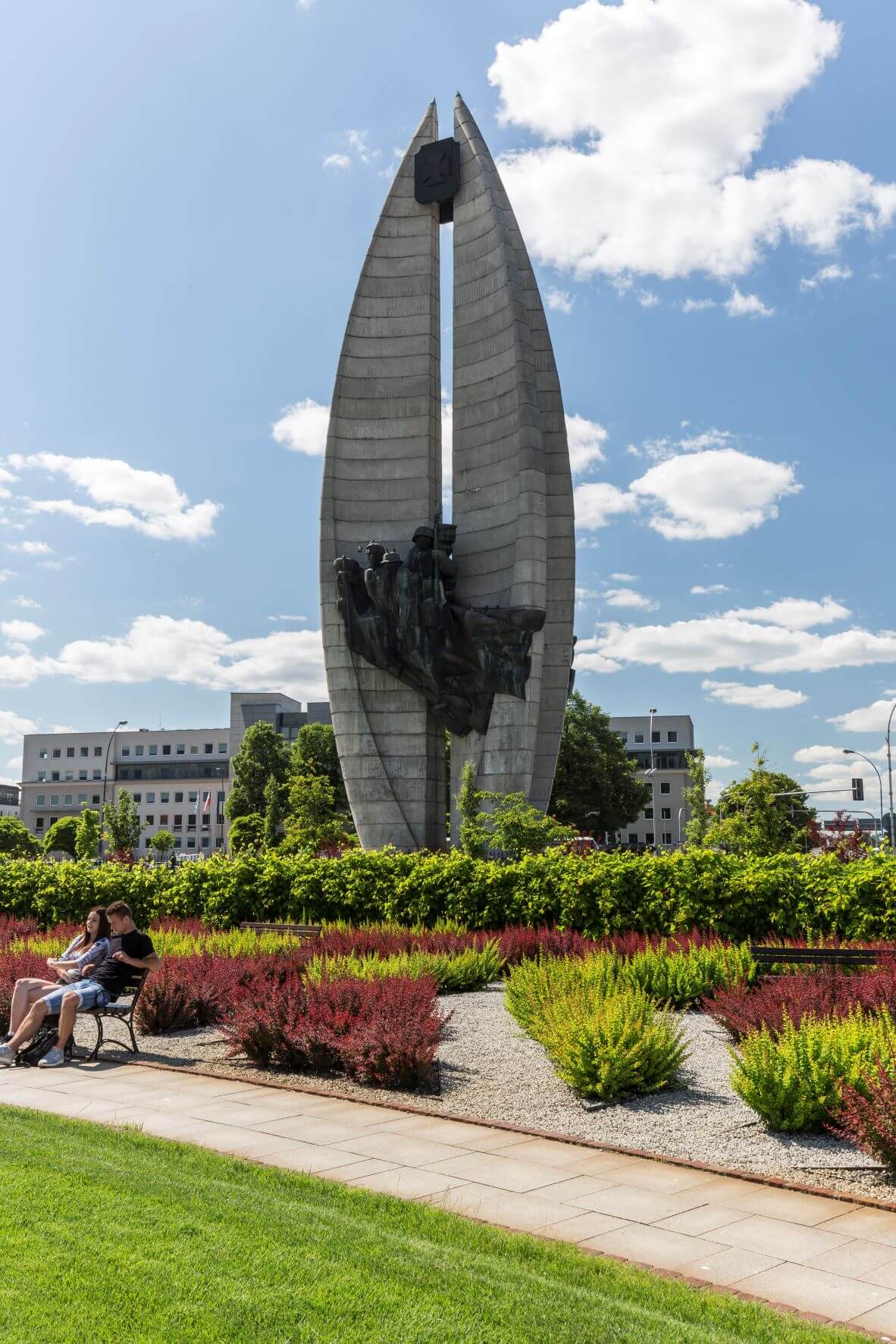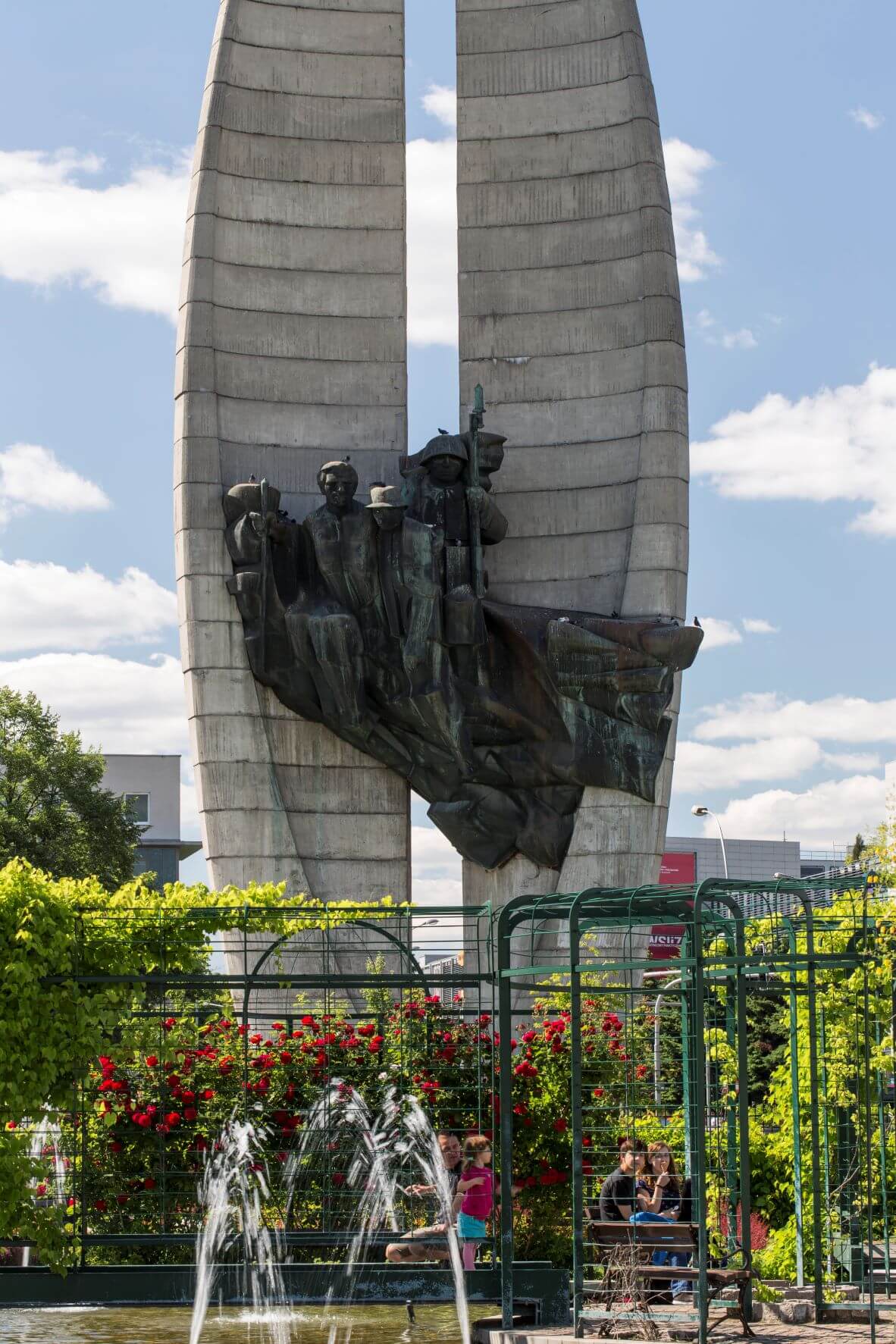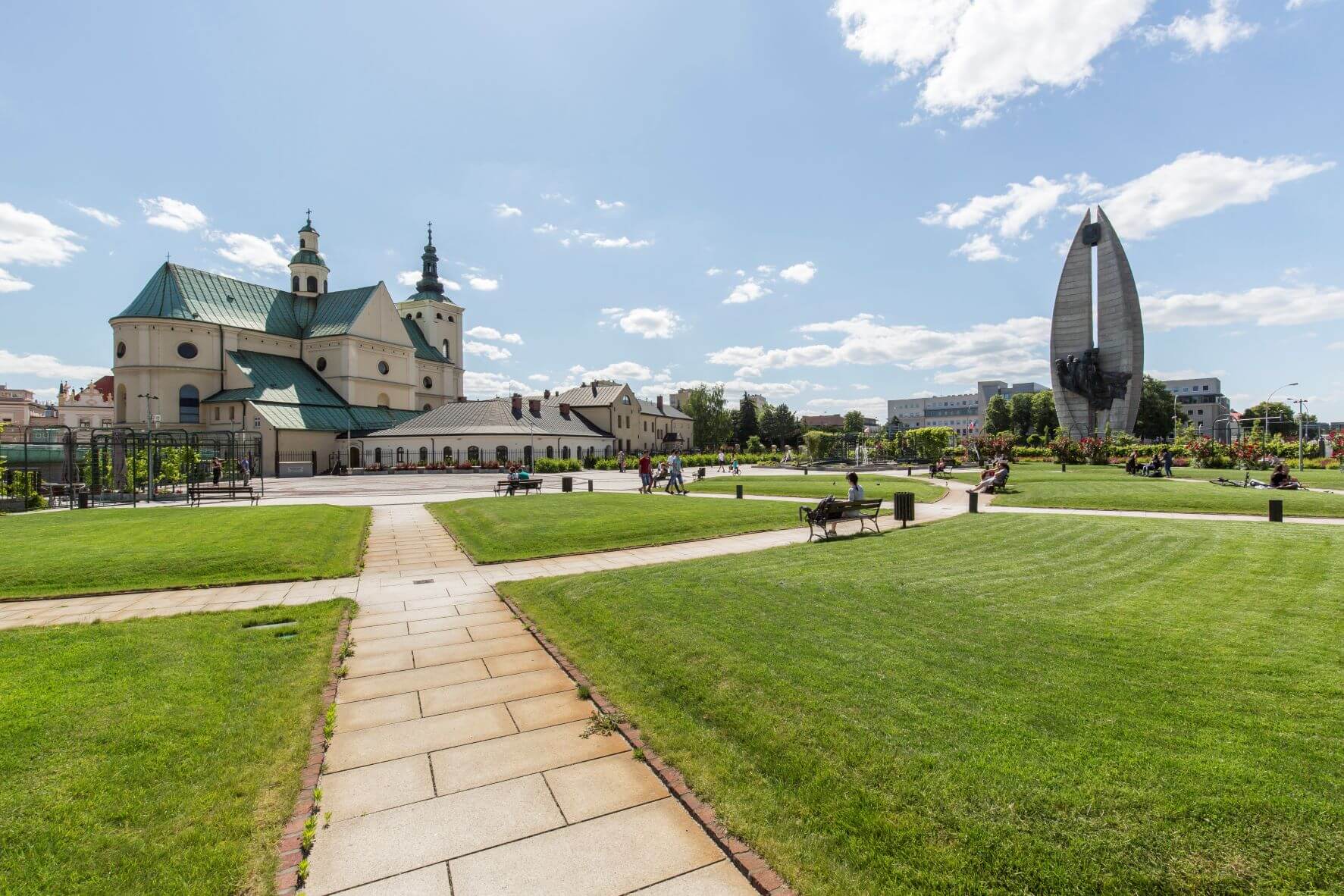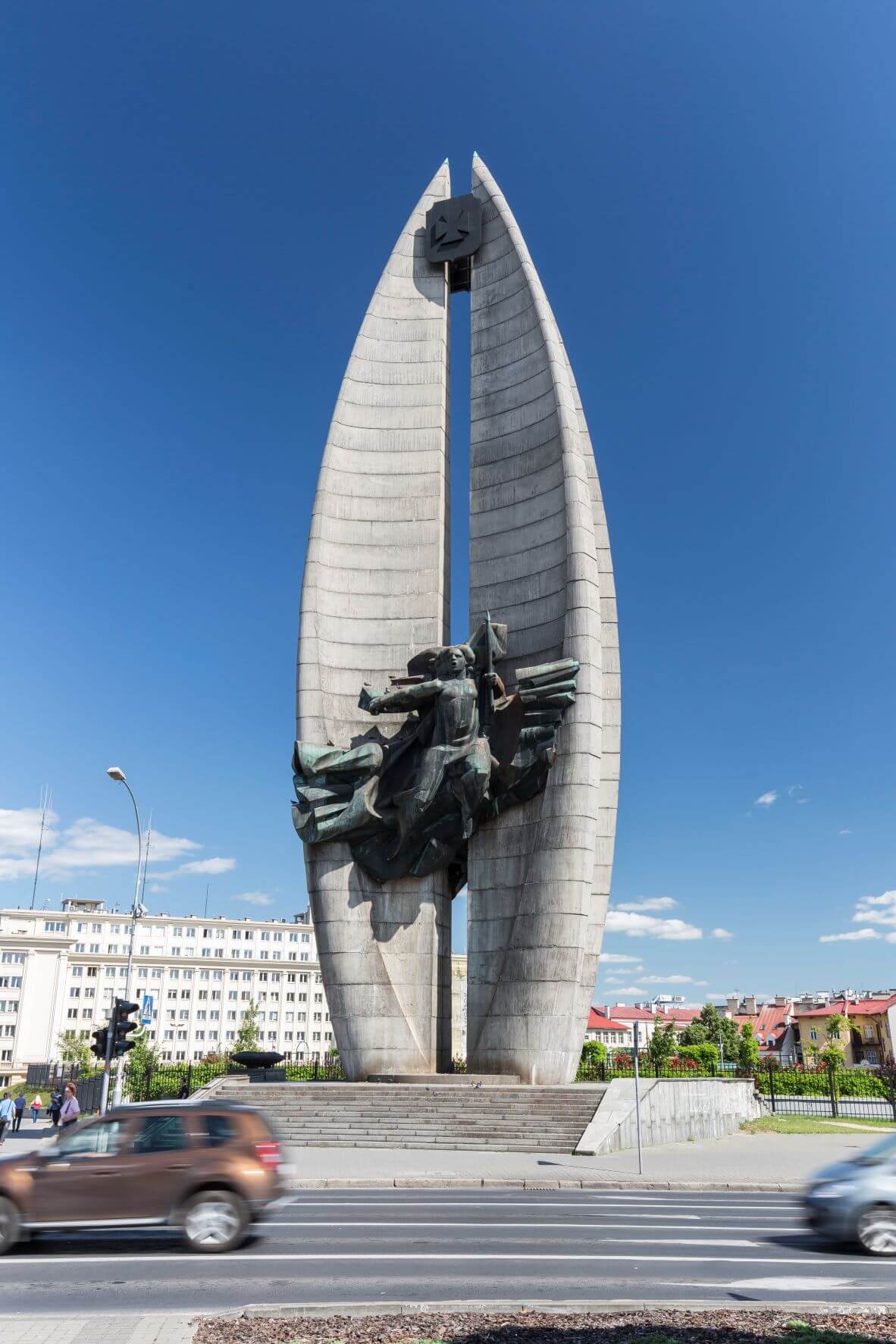The Rzeszów monument, as it could be called, now known as "Revolutionary Fight and Action", is well commented on by a quote from the book about Marian Konieczny, "Shapes of Memory" by Jerzy Skrobot: "The very idea of creating the monument was widely associated by society with celebrating the millennium of the Polish state - because the great, No one remembers the fateful revolutionary deeds in this area, but the fight to defend the Polishness of the eastern borders lasted from the Piast times until the years after the end of World War II; soldiers who cleared the valley on the Wisłok River from OUN-UPA gangs were buried in the cemetery in Baligród. Of course, , for several centuries the eastern borders of the country reached several hundred kilometers beyond Rzeszów, but the issue of maintaining national identity cannot be reduced to the extent of the borders. It seems completely natural to us that Adam Mickiewicz wrote in Polish "Lithuania, my homeland" - but in case our native culture turned out to be poorer than the cultures of other nations of the First Polish Republic, perhaps Teofil Lenartowicz would have written in Lithuanian "Oh, this is a beautiful land, this is our Mazovia", and Bolesław Prus, a native of Hrubieszów, would have presented Wokulski's dilemmas in Ukrainian. It is worth looking at the Rzeszów monument as a part of this achievement. Destructive tendencies then arouse only opposition, while opposition combined with clear disgust - various "profane" proposals, for example the construction of a training climbing wall on stylized laurel leaves carrying metal sculptures (the monument is 42 meters high). It is hoped that amateurs will not be liquidated if not for brazenness, then at least for support and money, and it will end with a change of name. The representative avenue and an important communication artery of Rzeszów, built at the same time and running near the monument, was once called "22 Lipca", and currently commemorates the figure of Colonel Łukasz Ciepliński, the commandant inspectorate of the Rzeszów ZWZ-AK, after the war the president of the underground Main Board of the Freedom and Independence organization, falsely accused of "crimes, cooperation with the Germans and Western intelligence services", convicted by a Stalinist court and executed on March 1, 1951 in a prison in Mokotów. At the monument there are there are four granite tablets. Two of them remain empty to this day - so you can still write a few words of truth about the history of the Rzeszów region on them. About farmers who fed this corner of Poland, workers who carried it economically with their work, about soldiers who died defending it.


